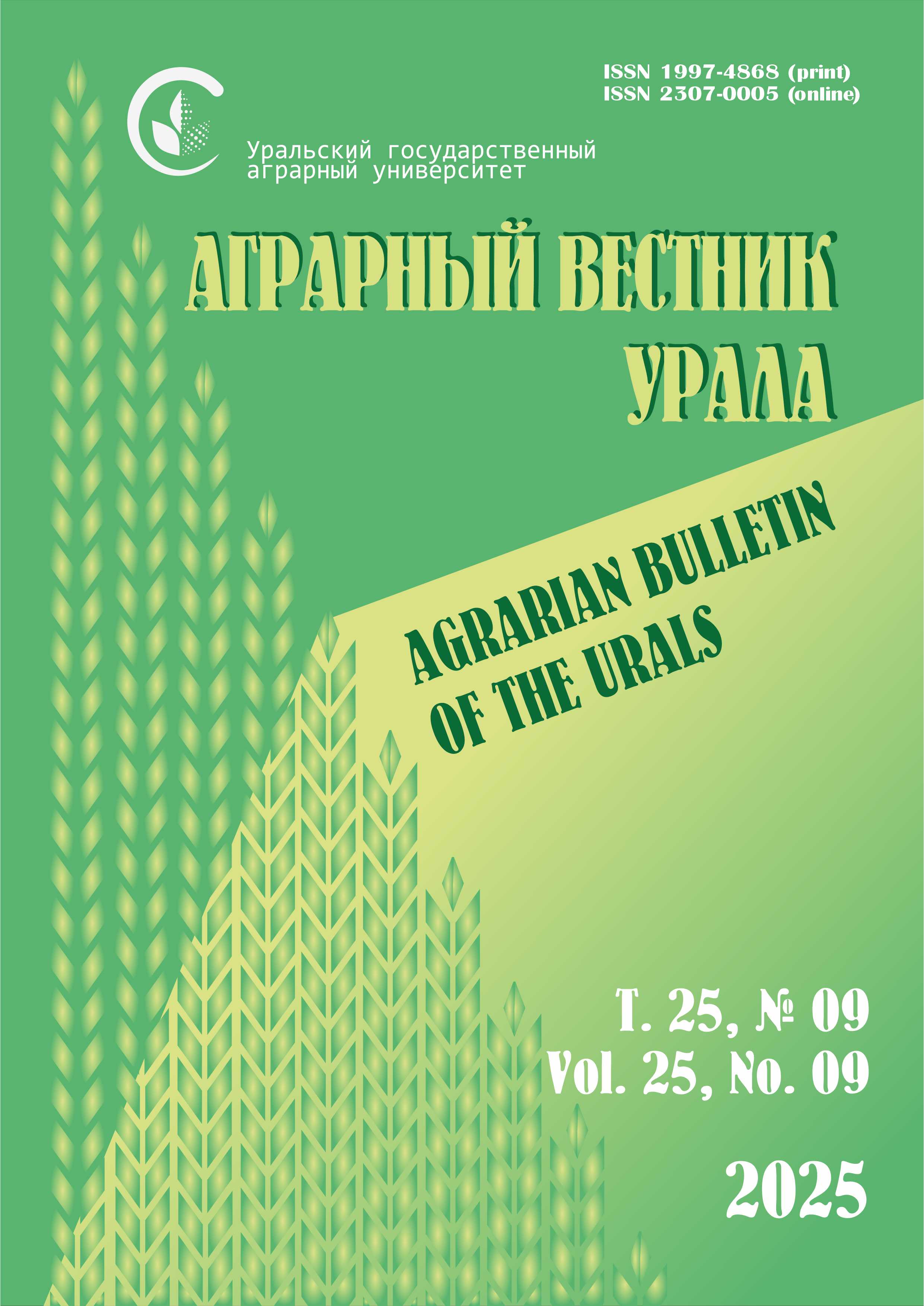Authors:
M. V. Vlasenko,
S. Yu. Turko,
L. P. Rybashlykova,
Federal Scientific Centre of Agroecology, Complex Melioration and Protective Afforestation of the Russian Academy of Sciences, Volgograd, Russia
E-mail: This email address is being protected from spambots. You need JavaScript enabled to view it.
Abstract. Scientific novelty and practical significance. The increasing rates of soil degradation processes in the southern regions of Russia make it urgent to increase the productivity of agricultural land, stabilize ecosystems and restore potentially valuable forage vegetation. Phytomeliorative reconstruction of low-productive lands is of great practical importance for ensuring sustainable development of the region and national food security. The purpose of the research. The purpose of the research is to identify the effectiveness of the conducted phytomeliorative works aimed at increasing productivity and preserving the native biodiversity of hayfields in the conditions of the dry steppe of the Don river basin. Methods. Phytomeliorative reconstruction of hayfields was carried out in the autumn of 2021. (Volgograd region, Ilovlinskiy district) by sowing a grass mixture of Agropyron elongatum + Agropyron cristatum L + Bromus inermis on two plots with an area of 40 and 30 hectares. The abundance of plants was determined by the Drude rating scale. The similarity index of the species composition of phytocenoses is calculated according to the Zhakkar formula. Productivity was determined by the sloping method. Results. 36 species of herbs from 18 families were identified on the phytomeliorated hayfields of plot No. 1, 34 species from 18 families were identified on plot No. 2, 35 species from 17 families were identified on natural hayfields. The Zhakkar index shows the similarity of phytocenoses by 30–33 %. The largest share in the number of species (pieces) in the phytocenosis was occupied by species of the Asteraceae (30–33 %) and Poaceae (17–18 %) families. But phytomeliorants had the greatest influence on the formation of the crop. The proportion of phytomeliorants in the total phytomass in different seasons was not the same. The main phytomass was Agropyron elongatum: in May its share in the phytocenosis reached 53–71 %, in September – 65–68 %. Phytomeliorated areas turned out to be 1.7–1.8 times more productive than natural ones in spring, 1.5 times more productive in summer, and 1.8–2.2 times more productive in autumn. On average, the yield of phytomeliorated plots increased by 1,6–1,9 times compared to last year and amounted to 305–317 g/m2 .
Keywords: haymaking, phytomelioration, yield, species diversity, Drude scale.
For citation: Vlasenko M. V., Turko S. Yu., Rybashlykova L. P. Effektivnye tekhnologii vosstanovleniya degradirovannykh zemel’ i sozdaniya vysokokachestvennykh senokosov v basseyne reki Don [Effective technologies of restoration of degraded lands and creation of high-quality haymaking in the Don river basin] // Agrarian Bulletin of the Urals. 2023. No. 05 (234). Pp. 14‒25. DOI: 10.32417/1997-4868-2023-234-05-14-25. (In Russian.)
Download the full text of the article












